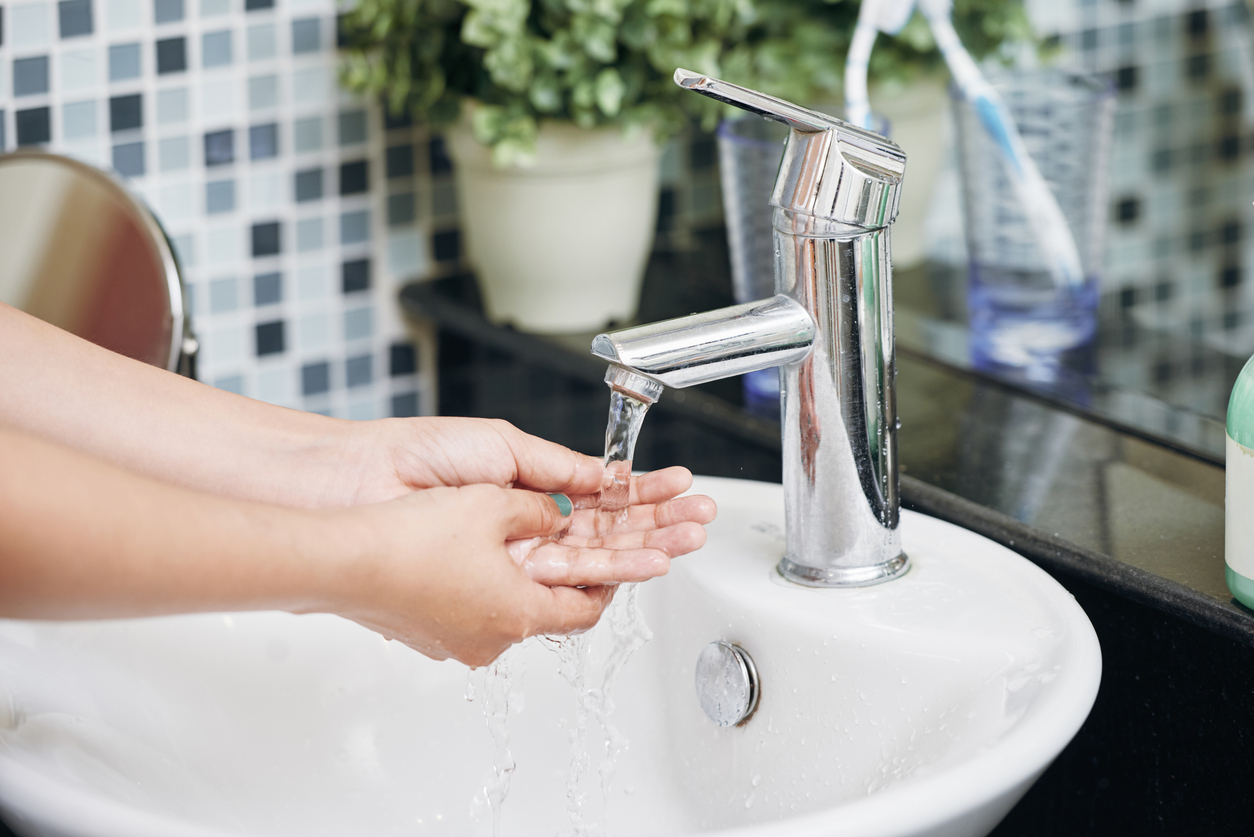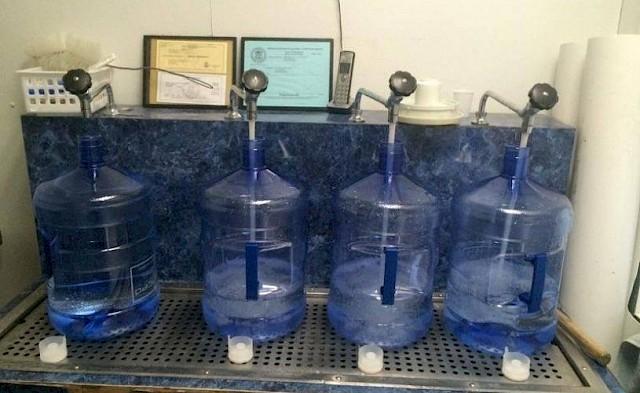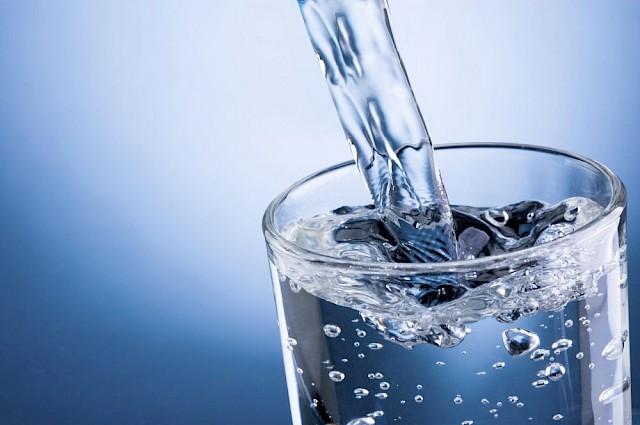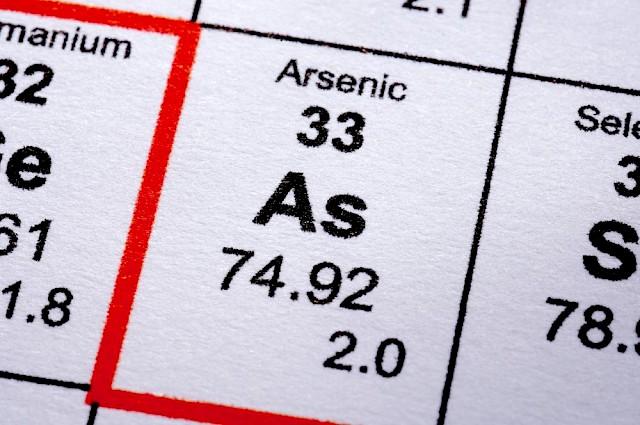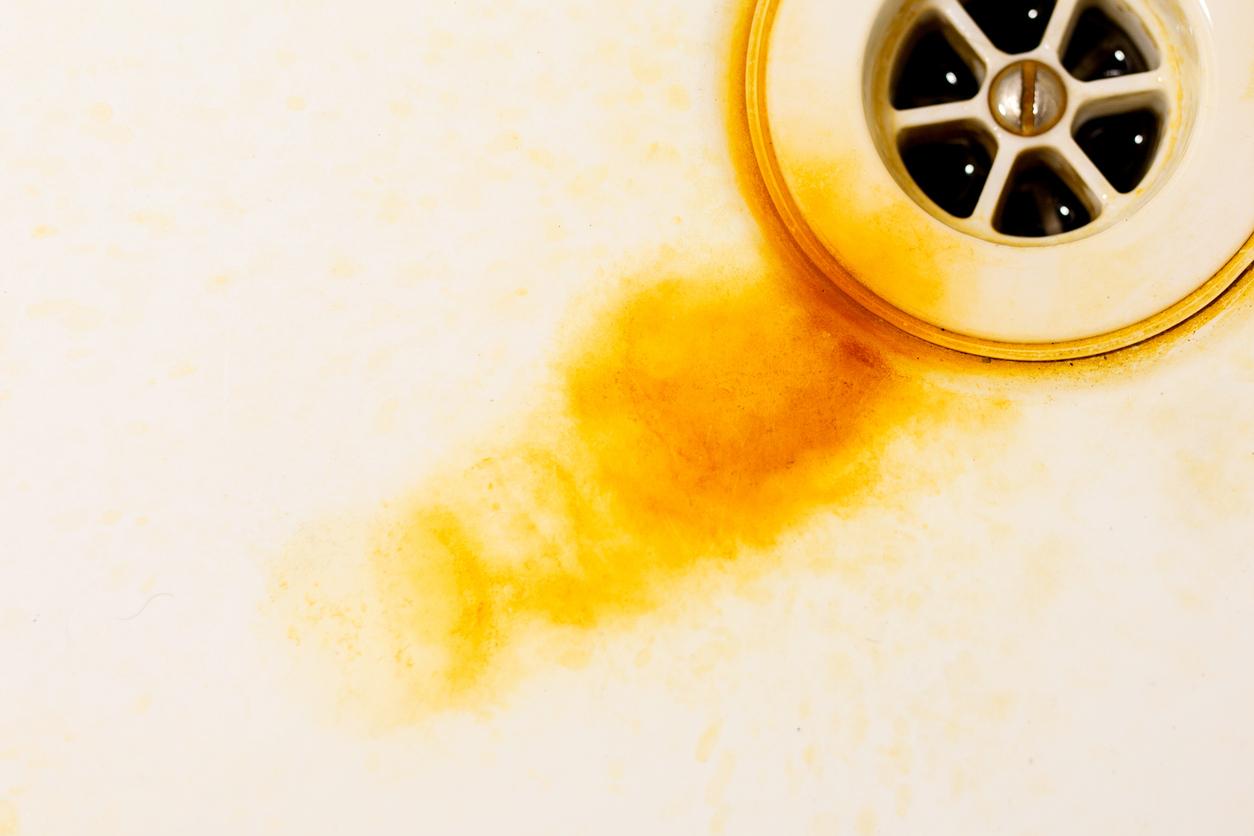If you’re considering installing a water softener in your Michigan home, you might have heard some common misconceptions about how they work and what they do. Before diving into the misconceptions, it’s essential to understand the basics of soft water. What is hard and soft water? Hard water contains high levels of minerals like calcium […]
Tips for Monitoring Reverse Osmosis Efficiency
Reverse osmosis (RO) systems are highly effective at delivering clean, great-tasting drinking water. But like any water treatment technology, RO systems require regular monitoring and maintenance to ensure peak performance. If you’re not keeping an eye on key indicators like water quality, pressure, and filter condition, your RO system efficiency can suffer, and you may […]
Water Staining: What Different Colors Mean
Water stains around your home tell an important story about your water quality. Different colored stains indicate specific minerals or issues affecting your water supply. Our water treatment experts have seen every type of water staining problem and know how to pinpoint issues fast. In this blog, we’ll go over various causes of water stains […]
Why Your Dishwasher Leaves White Residue On Dishes
Is your dishwasher leaving white residue on your plates and glasses? That chalky film is a telltale sign of hard water in your home. As Southeastern Michigan’s water treatment experts for over 40 years, we’ve helped thousands of homeowners solve the frustrating problem of white residue from water. Understanding White Film On Your Dishes When […]
Squirt, Our Official Mascot!
Buy a Filter or Buy Filtered Water?
Who, What, When, Where, Why and How?
Sherlock Holmes mysteries have always been one of my favorite reads and recently I received a set of DVD’s of the newest British television series of Sherlock Holmes. I immediately sat down and watched the whole series in one weekend. Who, What, When, Where, Why and How? The seven major questions every journalist asks when […]
Arsenic – What Is It and What Can I Do About It?
Arsenic has been in the news a lot since the fact the drinking water regulations for Arsenic were changed in 2001. The regulation was lowered from 50 parts per billion to 10 parts per billion. Due to the fact there were instances in which individuals and families were having health-related issues with arsenic levels at […]
Bacteria In My Well Water!
When drilling a new well it is required by the health department to chlorinate/sanitize the well when it is finished to make sure no harmful bacteria are present, such as Coli-form and E Coli, and the well has a potable water supply. Every well drilling company will sanitize the well when it is completed. The […]
Hard Water, Smelly Water, & Rusty Water: Causes & Treatment
If you’ve noticed chalky residue on your dishes, a bad smell from your faucet, or orange-brown stains in your sinks, you’re likely dealing with water quality issues. There are many common water contaminants that affect Michigan homes. Hard water, smelly water, and rusty water are some of the most prevalent issues that occur as a […]

